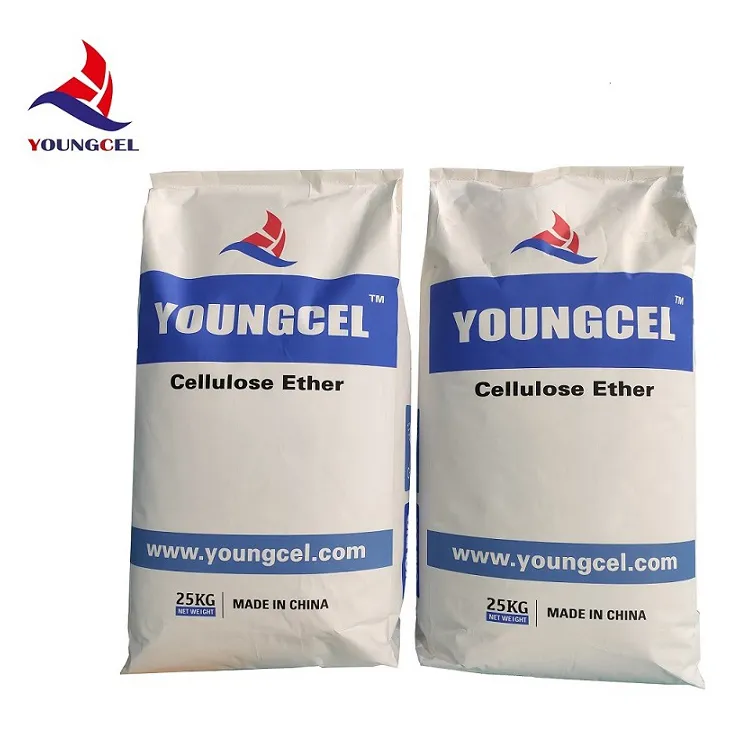In the realm of modern construction and pharmaceuticals, HPMC cellulose serves as an invaluable resource, possessing properties that enhance product performance across multiple industries. Hydroxypropyl methylcellulose (HPMC) is not just a chemical compound; it's a versatile agent that revolutionizes the standards of products where it is applied.

HPMC cellulose is widely acknowledged for its binding, thickening, and film-forming properties. In the construction industry, it plays a critical role in improving the quality and effectiveness of cement-based products, such as tile adhesives, grouts, and plaster. Professionals in the field have observed that HPMC's ability to retain water greatly enhances the open time and workability of these construction materials. This contributes to increased efficiency on job sites, as workers have more time to adjust and apply formulations without compromising performance. The result is a reduction in labor costs and improved finish quality of the construction work.
Experts laud the adaptability of HPMC cellulose in the cosmetic industry as well. It functions as an emulsifier and thickener in creams and lotions, maintaining complexity while guaranteeing smooth application. By forming a homogenous mixture of oil and water, HPMC ensures stability, which prevents the separation of ingredients over time. This is particularly valued in skincare formulations, enhancing the user experience through consistent texture and absorption. Dermatologists and product formulators recognize HPMC cellulose as a trusted ingredient due to its non-irritating and hypoallergenic properties, making it suitable for sensitive skin products.

In pharmaceuticals, HPMC's role as an excipient cannot be overstated. Its benefits as a controlled release agent in oral dosage forms have revolutionized the delivery of active ingredients, allowing for consistent therapeutic effects over extended periods. This characteristic is vital for patients with chronic conditions requiring stable medication regimes. The pharmaceutical industry's reliance on HPMC as a reliable source for drug formulation underscores its authoritative status and trustworthiness. Clinical studies consistently demonstrate HPMC’s biocompatibility, which reassures healthcare providers and patients of its safety and efficacy.
HPMC cellulose's impact extends to the food industry, where it is embraced as a stabilizer in a wide array of products, including baked goods and dairy items. Bakers appreciate its ability to enhance moisture retention and improve dough strength, resulting in a superior crumb structure and prolonged shelf life. As a plant-derived additive, HPMC addresses the growing consumer demand for clean-label products, thus establishing its role as a credible and ethical ingredient choice.
In conclusion, HPMC cellulose’s versatility across multiple industries underscores its essential role in modern product formulations. With its binding, stabilizing, and moisture-retaining capabilities, it continues to adapt and cater to evolving market needs. Professionals in construction, cosmetics, pharmaceuticals, and food industries increasingly recognize HPMC as a cornerstone of product enhancement, attesting to its authenticity and reliability. Whether in constructing durable buildings or formulating effective medications, HPMC cellulose's significant contributions to product quality make it an indispensable material, securing its place in the future of diverse industrial applications.
-
A Comprehensive Guide to Methyl Ethyl Hydroxyethyl Cellulose: Applications and Industry InsightsNewsNov.24,2025
-
Understanding Methyl 2 Hydroxyethyl Cellulose: Uses, Benefits & Industry InsightsNewsNov.24,2025
-
Hydroxyethyl Methyl Cellulose HEMC: Industrial Uses, Benefits & Future TrendsNewsNov.23,2025
-
HEMC Cellulose: Versatile & Sustainable Industrial Polymer | YoungcelNewsNov.23,2025
-
Methyl Hydroxyethyl Cellulose: Versatile Building Block for Industry & SustainabilityNewsNov.23,2025
-
CAS 9032 42 2: Understanding Polyvinyl Alcohol's Impact on Industry & SustainabilityNewsNov.22,2025




